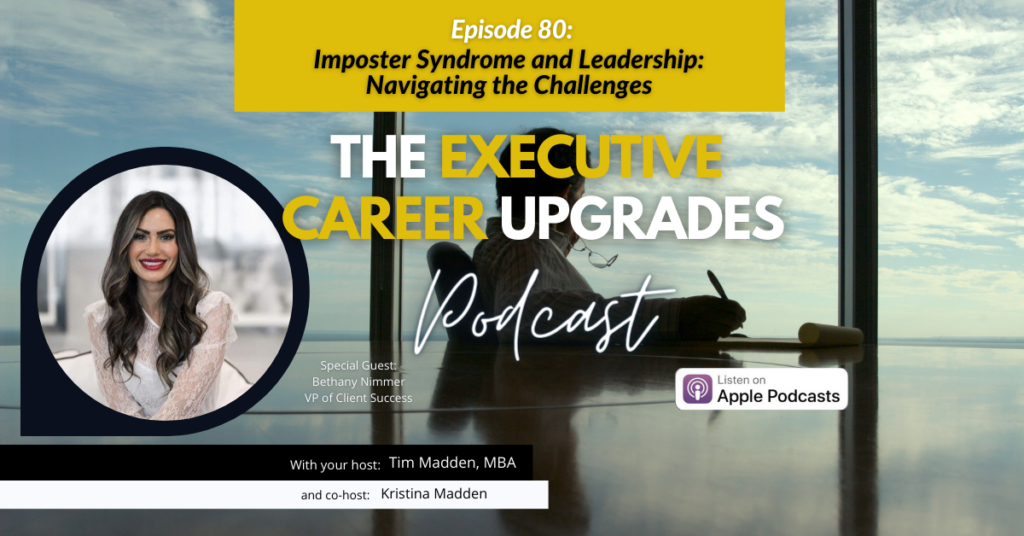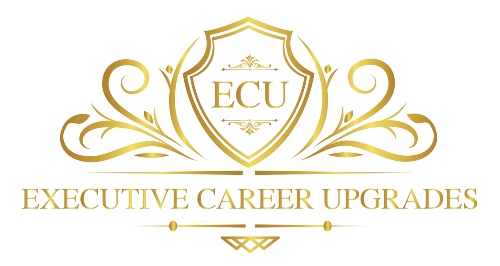In today’s diverse workplaces, effective communication stands as a paramount challenge for leaders. Navigating the complexities arising from diverse perspectives requires skillful communication strategies to foster inclusivity and drive organizational success. In this article, we will delve into the key communication challenges faced by diverse leaders and explore strategies to overcome them, enabling effective communication in today’s dynamic work environments.
Diverse Perspectives
One prominent challenge is the presence of diverse perspectives within teams and organizations. As leaders strive to create an inclusive culture, they must grapple with the complexities arising from different backgrounds, experiences, and values. This diversity can be a tremendous asset, enabling fresh ideas and innovative approaches. However, it also necessitates the skillful use of communication to bridge gaps and foster understanding.
Bridging the Communication Gap
One common obstacle is the language barrier. In today’s globalized world, teams often consist of individuals from various linguistic backgrounds. This diversity can lead to misinterpretations, misunderstandings, and hinder collaboration. Leaders must be cognizant of these language differences and employ strategies such as translation services or language training programs to facilitate effective communication.
Decoding Cues Across Cultures
Another challenge lies in the realm of nonverbal communication. While words carry significant weight, nonverbal cues, such as body language and facial expressions, play a vital role in conveying messages. However, leaders may face difficulties in interpreting or conveying nonverbal cues accurately, especially when dealing with individuals from different cultures or backgrounds. This challenge necessitates heightened sensitivity, cultural awareness, and active listening to avoid miscommunication.
Overcoming Distance and Technological Hurdles
Moreover, the prevalence of virtual communication poses unique challenges for leaders. Remote work arrangements and geographically dispersed teams have become increasingly common, necessitating reliance on digital platforms for communication. Virtual interactions can be plagued by technological glitches, time zone differences, and a lack of face-to-face contact. Leaders must adapt their communication strategies to accommodate these challenges, leveraging video conferencing tools, establishing clear communication protocols, and fostering a sense of connection among team members.
Hierarchical Structures
In addition, the hierarchical nature of many organizations can impede effective communication. Traditional top-down communication structures limit the flow of ideas and feedback, stifling innovation and engagement. Leaders must proactively create an environment that encourages open dialogue and empowers individuals at all levels to voice their perspectives. Implementing regular feedback mechanisms, such as surveys or town hall meetings, can help leaders overcome this challenge and promote a culture of transparent communication.
Cutting Through the Noise
Furthermore, the pace of communication in today’s digital age presents a challenge for leaders. Instant messaging, email, and social media platforms have accelerated the speed at which information is exchanged. While this can enhance efficiency, it also leads to information overload and reduced attention spans. Leaders must navigate this fast-paced environment by prioritizing clarity, conciseness, and relevance in their communication, ensuring their messages cut through the noise and resonate with their intended audience.
Overcoming Communication Challenges for Effective Leadership
In conclusion, leaders face numerous challenges when it comes to effective communication, particularly in the context of diverse perspectives. Language barriers, nonverbal communication complexities, virtual interactions, hierarchical structures, and the speed of communication are just a few of the hurdles to overcome. By recognizing these challenges and implementing appropriate strategies, leaders can foster an inclusive, collaborative, and productive environment, enabling their teams to thrive.
Looking to overcome imposter syndrome and navigate leadership challenges? Join us for one of the latest episodes of the Executive Career Upgrades Podcast! In Episode 80, “Imposter Syndrome and Leadership: Navigating the Challenges,” Kristina Madden and Bethany Nimmer share effective strategies for high-level executives like you. Discover how to reframe your thoughts, seek feedback, and embrace the support needed to excel in your leadership role. Don’t miss out on Bethany’s insights and the valuable mindset coaching component of the Executive Career Advising program. Click the graphic to listen.
If you want to thrive as a successful leader or need personalized career advice and guidance, don’t hesitate to schedule a free career consultation with one of our Executive Career Advisors. Schedule your FREE Breakthrough Session call today!



